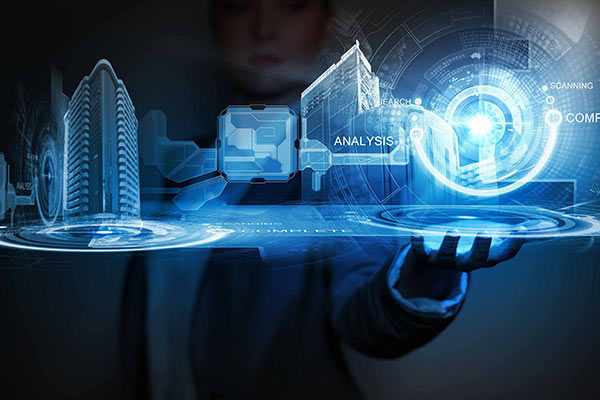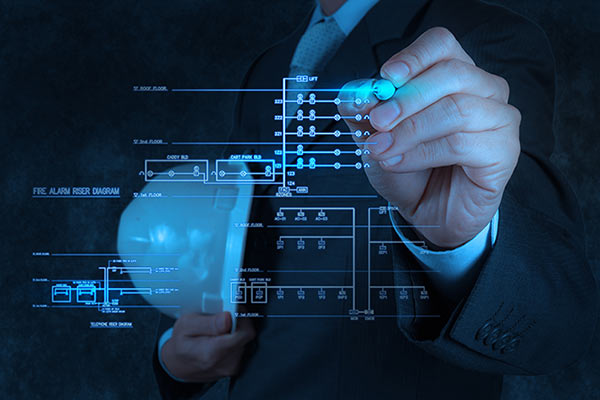Development of Laboratory Exercises and Instrumentation for SETUGS "Mihajlo Pupin"
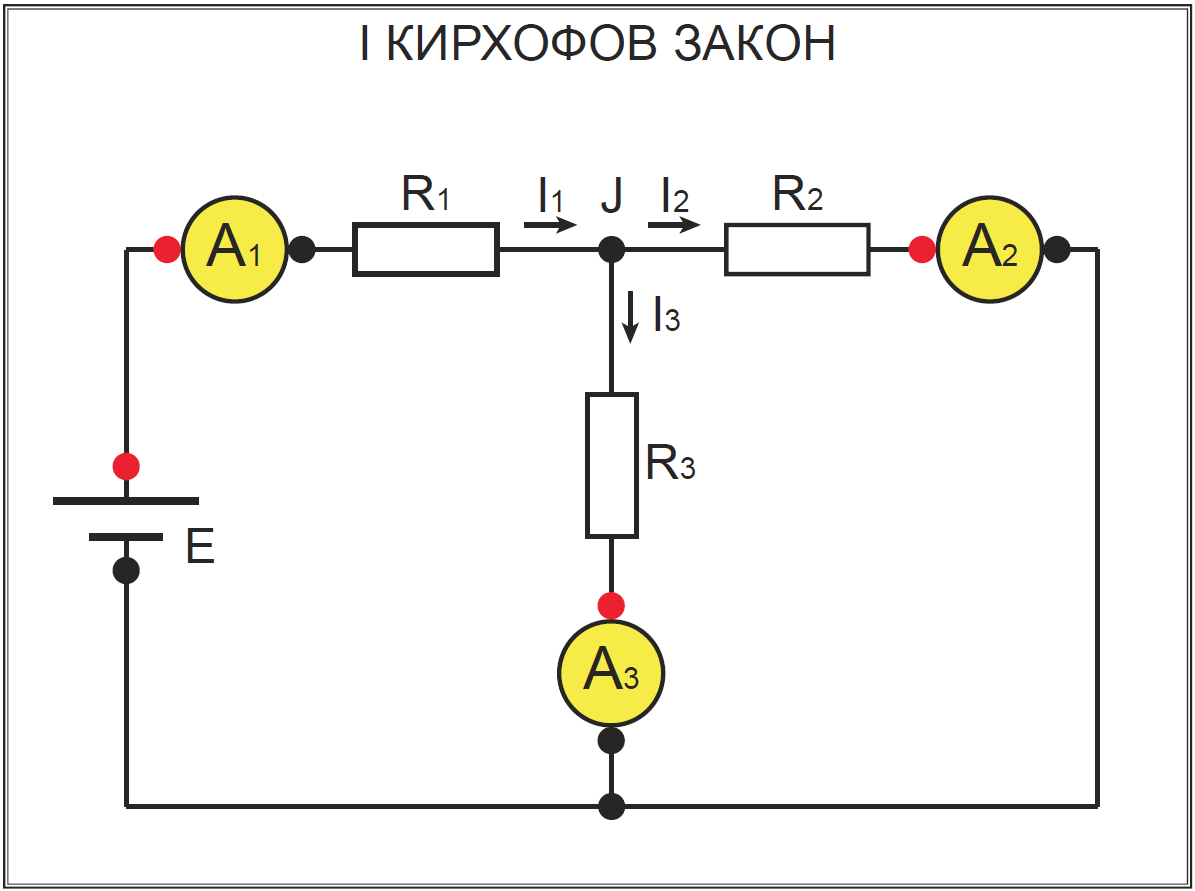
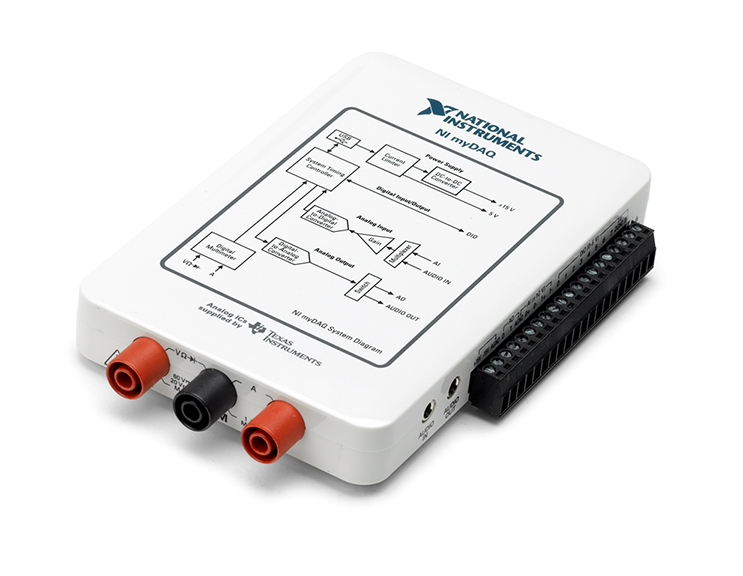
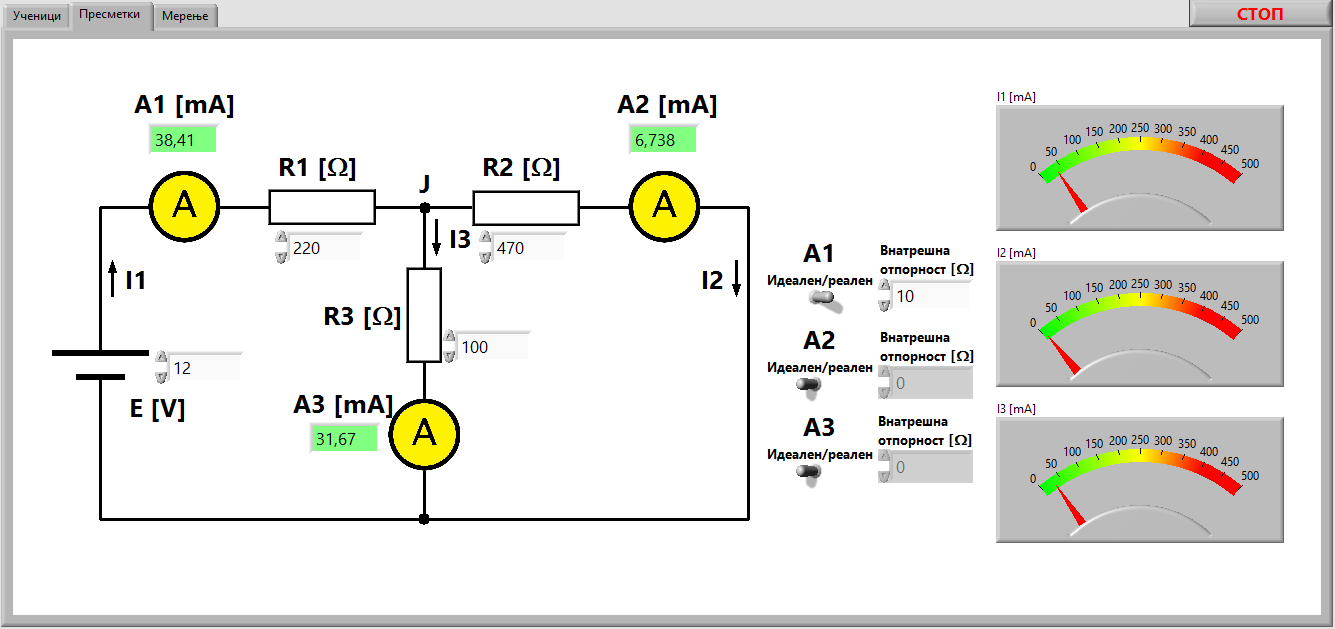
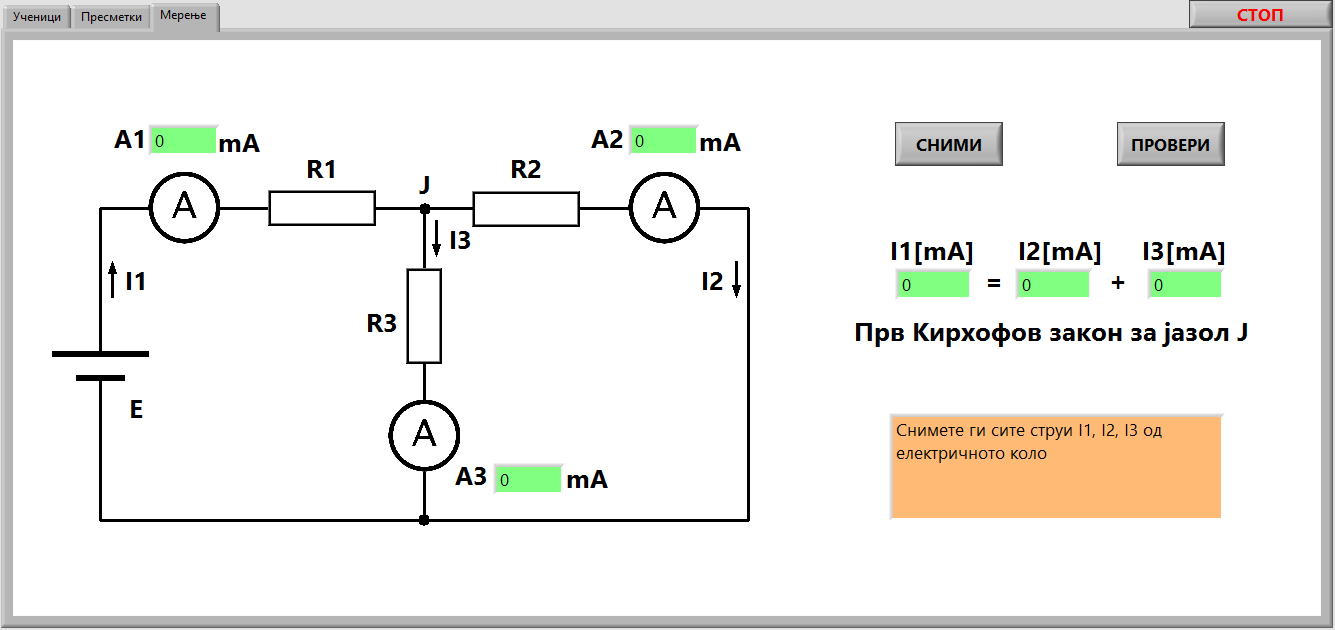
The teaching process in secondary technical schools faces continuous challenges. How to educate personnel capable of responding to the needs of state of the art technologies, and possesses know-how and skills, is the question these schools need to answer. It is this necessity of the labor market that creates an obligation before secondary technical schools to organize a teaching process which will prioritize creating young and qualified technical personnel, ready to respond to contemporary challenges in their field.
DTK Smart-Tech was established as a spin-off company by three university professors at the Faculty of Electrical Engineering and Information Technology. Our team, as a team with a broad academic background, has extensive experience in scientific research and education. As such, the team can offer conditions for a different approach in the organization and implementation of laboratory practice in secondary technical schools.
This idea is based on the application of new and current technologies in the teaching process by using the concept of virtual instrumentation. DTK Smart-tech, besides its primary activity in the area of energy management systems and energy efficiency analysis, deals with developing measurement instrumentation. This, among other things, includes virtual instrumentation, which is widely used in the last decade in industry and academia as well as in the educational process. In a broader sense, a virtual instrument is a general purpose software-controlled system whose functionality is implemented via a PC and specialized electronic hardware units.
For the purposes of SETUGS "Mihajlo Pupin", DTK Smart-tech has developed a set of laboratory exercises in the subject Electrical Engineering. Ten laboratory exercises have been fully designed, realized and implemented which through practical examples will bring the basic laws of electrical engineering closer to students.
The exercises consist of a hardware model and computer program for each of the exercises as well as a laboratory practicum containing a theoretical outline and directions for the exercises. The program is interactive and guides students through the exercise step by step. The concept is as follows: the student is first introduced to the material covered by the exercise, then performs simulation and calculation of values in the program and, finally, performs real measurements using the hardware model and the program, confirming the results of the simulation.
The aim of the exercises is getting the studets to draw their own conclusions regarding the basic laws of electrical engineering and verifying them through simulation and real measurements. This approach is extremely effective in getting acquainted with problems in any area, especially among youth, and is widely implemented worldwide.
It is a great pleasure for our company to be able to contribute to the development of the teaching process in seocndary technical schools in this way, which in turn will result with the creation of highly-skilled and qualified technical staff.


